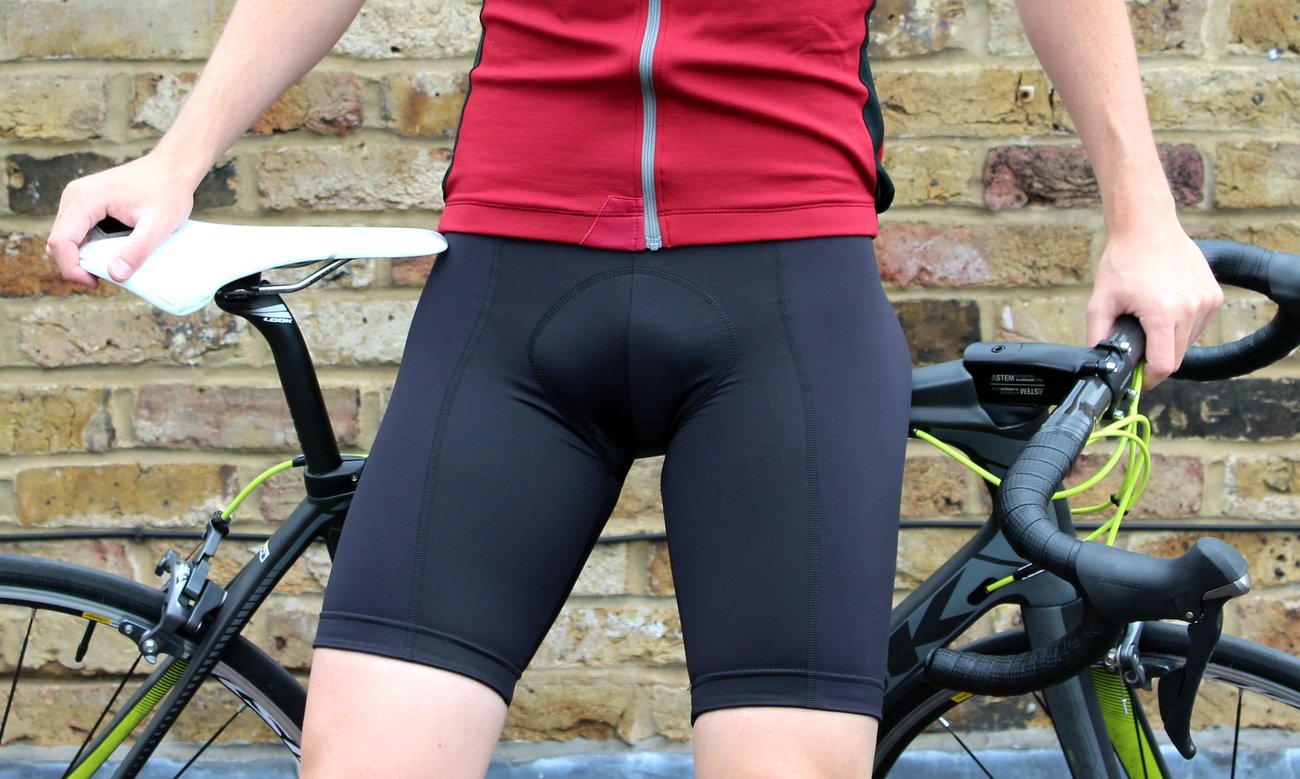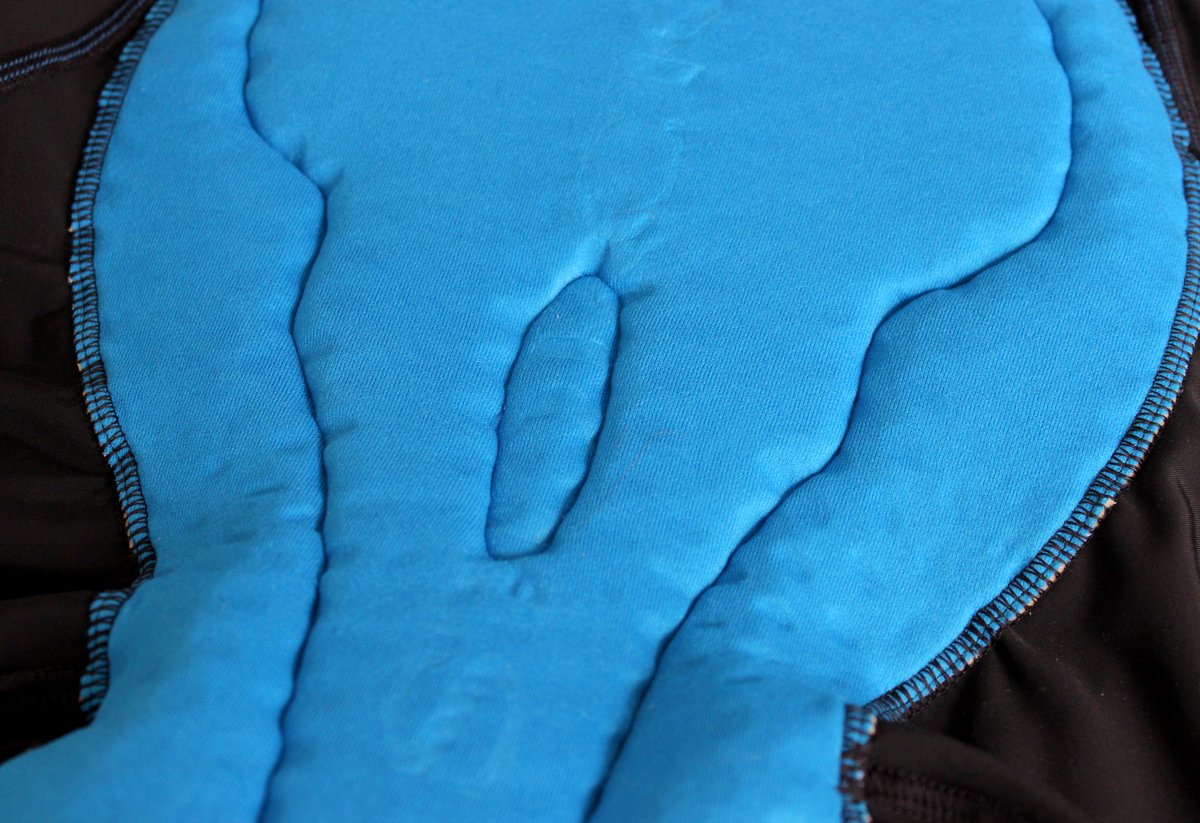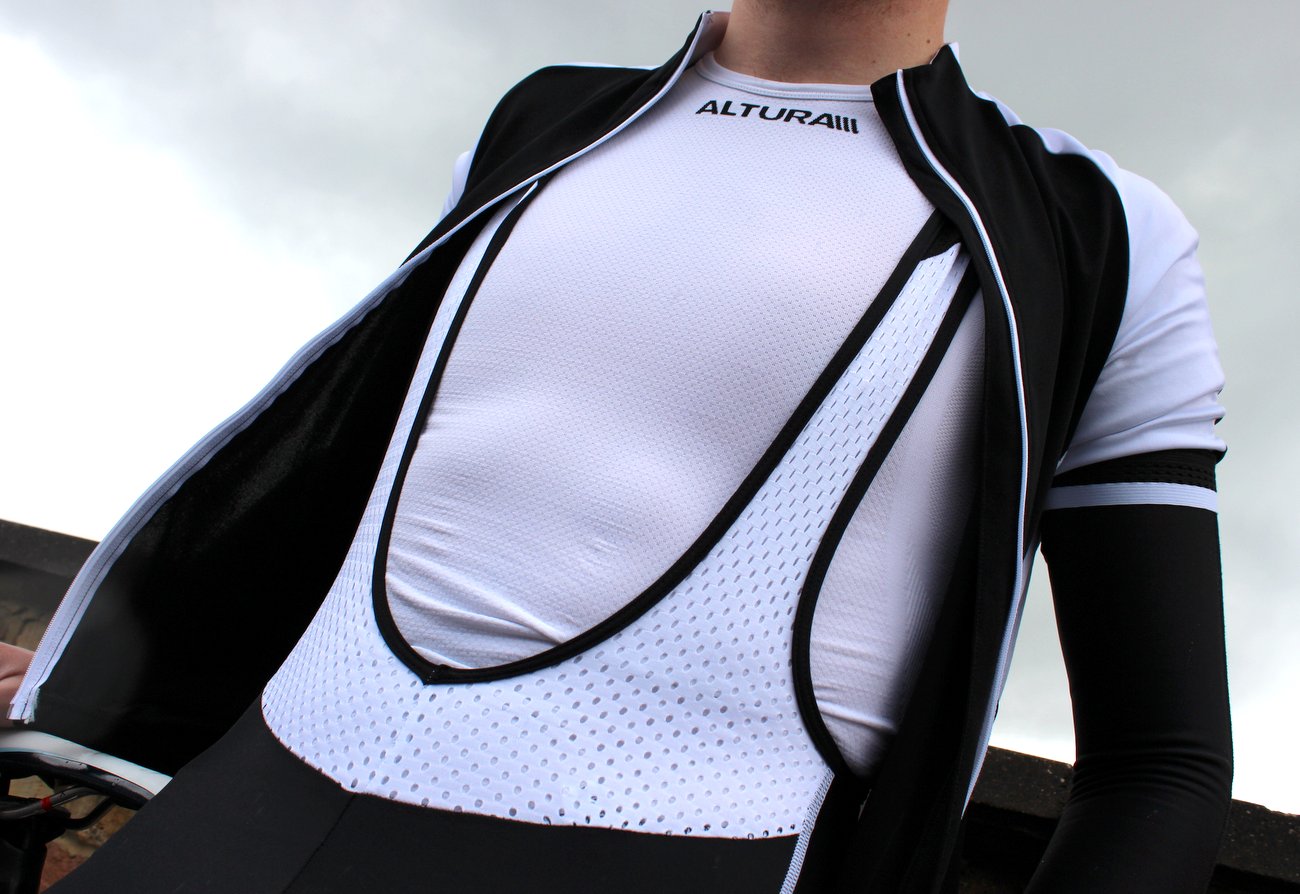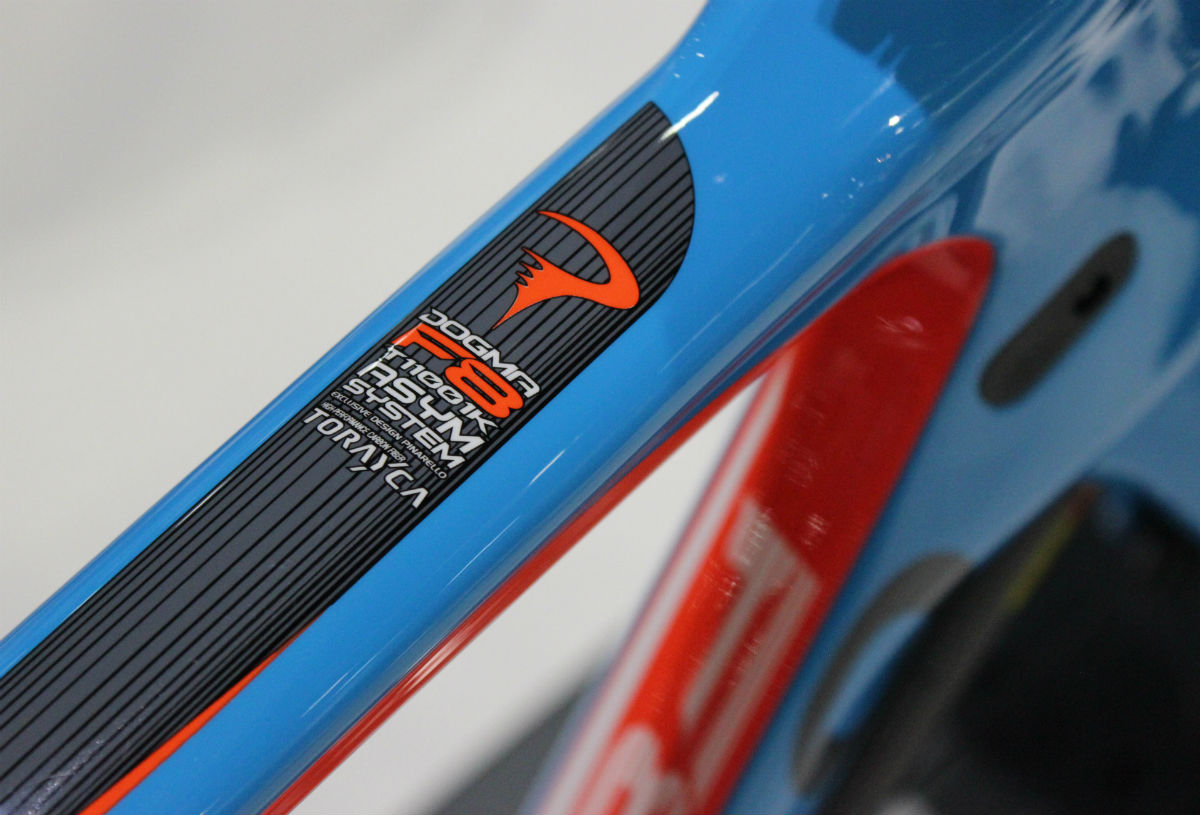Chamois
-

The Isadore men's bib shorts are treated with Coldblack to stop the black fabric soaking up heat from the sun
-

Fit and comfort go hand in hand. No matter what the cost of the shorts, make sure they fit correctly and you'll be able to spend hours in the saddle without any issues
-

If you only get one thing right with your bib shorts, make sure it's the chamois. If it doesn't fit you properly you'll be in for hours of discomfort
-

While most shorts are made from similar fabrics, the quality of those fabrics and the way they're used varies significantly
-

Bib straps should be wide to evenly distribute pressure, and most incorporate some kind of mesh
Chamois
The chamois is the key part of the shorts as far as comfort is concerned. Take it out and you’ve basically just got a set of Lycra shorts which might make you think you look as cool as a night in a refrigerator, but will add precisely nothing in comfort terms.
Most established cycling brands have their own chamois design. This can be a simple as a single piece of foam-style material on the cheapest shorts all the way up to anti-bacterial, anti-chafing, multi-density offerings on the top of the line models.
Shape is important. It needs to mirror the relative proportions of your anatomy to be most effective. This isn’t usually a problem with the denser sections at the back meant to support the sit bones (unless yours are unusually close together or far apart), but can be an issue with the portion that goes between the legs. If that’s too wide you can get uncomfortable bunching that at best causes irritation or chafing and at worst puts extra pressure on the perineum.

Most shorts only offer the one type of chamois, so it can be a case of trial and error and ultimately the very best way to find out what works for you is try a few and see what works best. Having said that, Endura now offer their FS260-Pro SL shorts with three different pad widths, ideal for anyone who needs a more specific fit from their shorts.
Modern pads are getting very high tech. A lot of the top models now use multi-density foam that’s cut from a single piece rather than layering multiple blocks of foam on top of each other to vary thickness. This helps to even out changes in thickness, but also means that the constituent parts of the chamois won’t slip over time and affect fit. The general rule is that the more you spend on the shorts, the better the pad (or at least, the more high-tech), but it’s far from steadfast.





